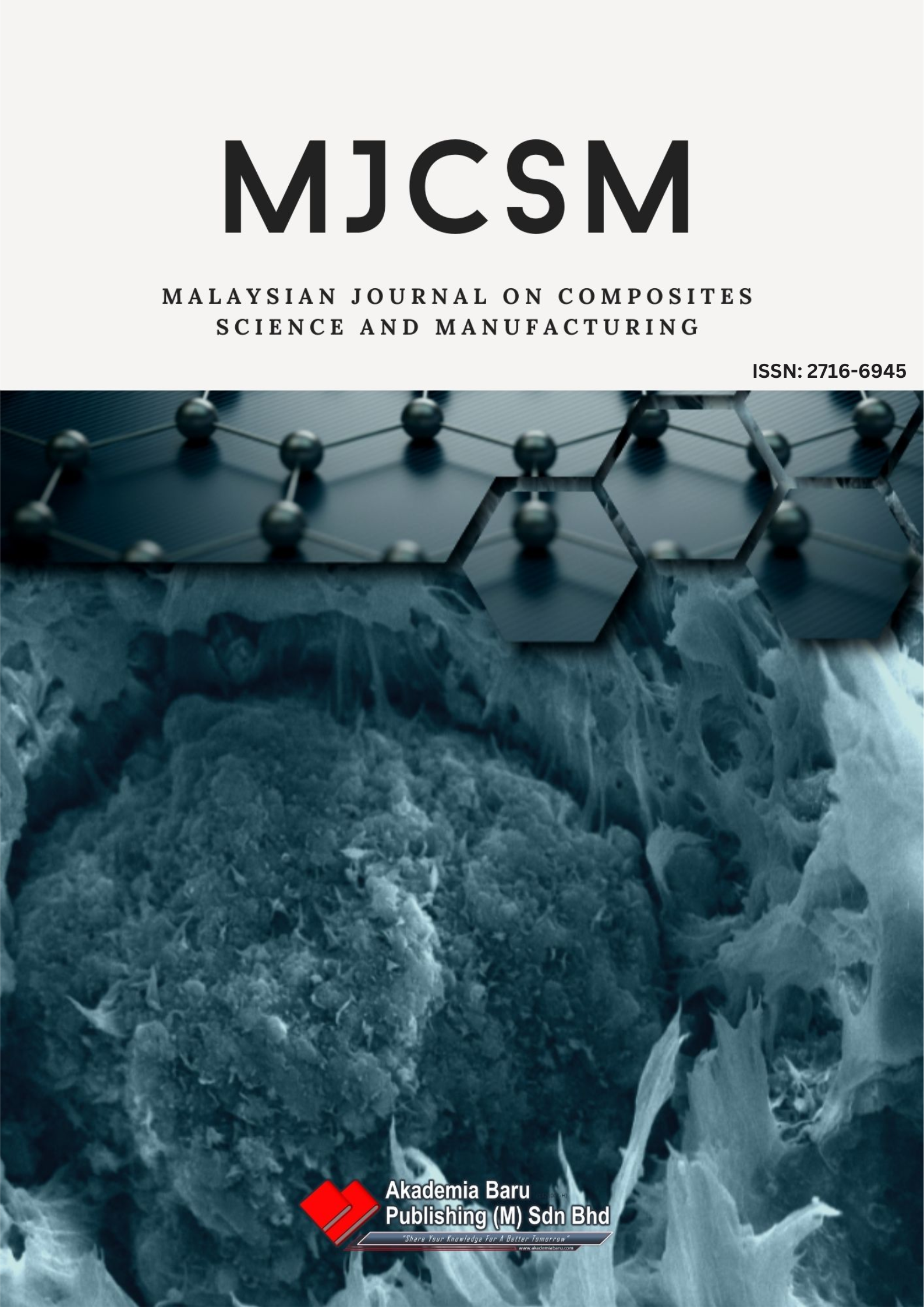Cyclic Voltammetry and Galvanostatic Charge-Discharge Analyses of Polyaniline/Graphene Oxide Nanocomposite based Supercapacitor
DOI:
https://doi.org/10.37934/mjcsm.3.1.1426Keywords:
PANI/GO nanocomposite, supercapacitor electrode, cyclic voltammetry, charge-dischargeAbstract
Supercapacitor is an energy device that is applicable in numerous fields because of its excellent reversibility, long life and high power density. Nevertheless, its universal use is restricted by the reduced energy storage capacity and its high crossed series compared to batteries. Even with the relatively high-level output and extensive use of supercapacitor, there is still substantial doubt and ambiguity as to their efficiency in general, especially when it is compared to lithium-ion batteries. The inconsistencies are attributable both to the lack of standardization of the test methods and to the certainty of the strength capacity of the supercapacitor after their resistance has been identified. Therefore, in this work, graphene oxide (GO) and polyaniline (PANI) nanocomposite supercapacitor electrode was fabricated and the performance was investigated by means of cyclic voltammetry and galvanostatic charge-discharge analyses. GO was synthesized using improve Hummers method and PANI using oxidative polymerization chemical synthesis. Three different electrode’s compositions were prepared using PANI/GO nanocomposite and labelled as PGO30, PGO50 and PGO70. This article will conclude the electrochemical performance of the electrode. From the results, it was found that PGO50 electrode (50% PANI/50% GO) has the best calculated capacitance with 19.71 F/g compared to the other composite electrodes. This may be attributed from the good electrical conductivity distribution of PANI and graphene oxide. The findings of the work may significantly drive the future of supercapacitor electrode from nanocomposite related materials.
Downloads












